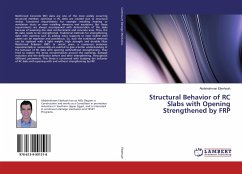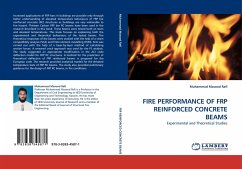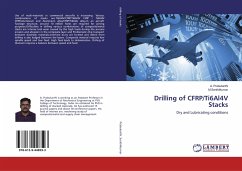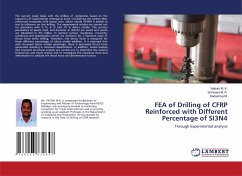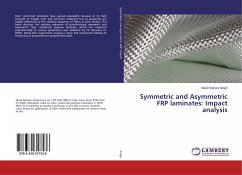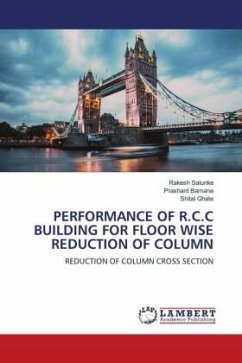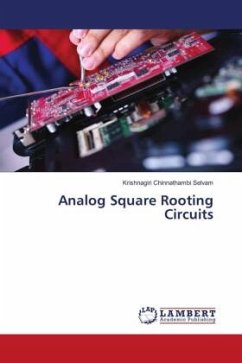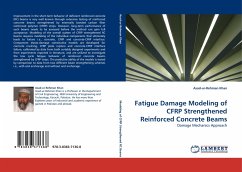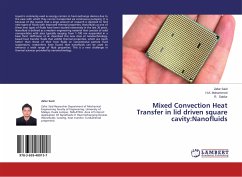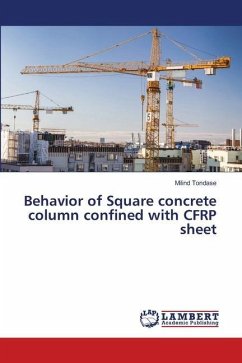
Behavior of Square concrete column confined with CFRP sheet
Versandkostenfrei!
Versandfertig in 6-10 Tagen
29,99 €
inkl. MwSt.

PAYBACK Punkte
15 °P sammeln!
Concrete is one of the vital materials for infrastructure development due to its versatile application, globally its usage is second to water. Concrete is one of the most widely used construction material. Since the day of its advent, concrete has been undergoing changes as a material and technology. Due to the growing needs of performance and durability of concrete there has been a continuous search for upgrading the properties of concrete.Plain concrete is a brittle material, with low tensile strength and strain capacities. To help overcome these problems, there has been a steady increase ov...
Concrete is one of the vital materials for infrastructure development due to its versatile application, globally its usage is second to water. Concrete is one of the most widely used construction material. Since the day of its advent, concrete has been undergoing changes as a material and technology. Due to the growing needs of performance and durability of concrete there has been a continuous search for upgrading the properties of concrete.Plain concrete is a brittle material, with low tensile strength and strain capacities. To help overcome these problems, there has been a steady increase over the past 40 years in the use of fibre reinforced cements and concretes (FRC). The fibres are not added to improve the strength, though modest increases in strength may occur. Rather, their main role is to control the cracking of FRC, and to alter the behavior of the material once the matrix has cracked, by bridging across these cracks and so providing some post-cracking ductility.




